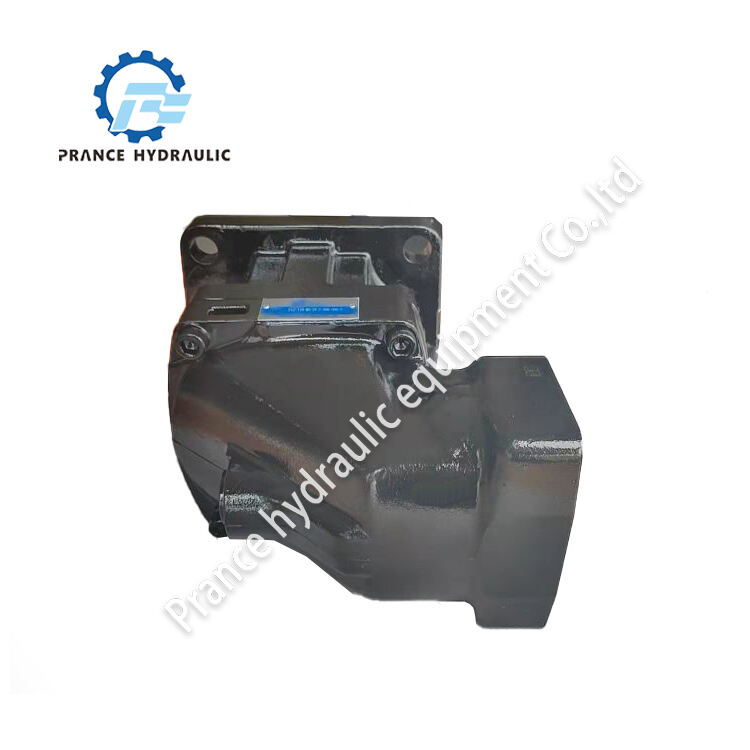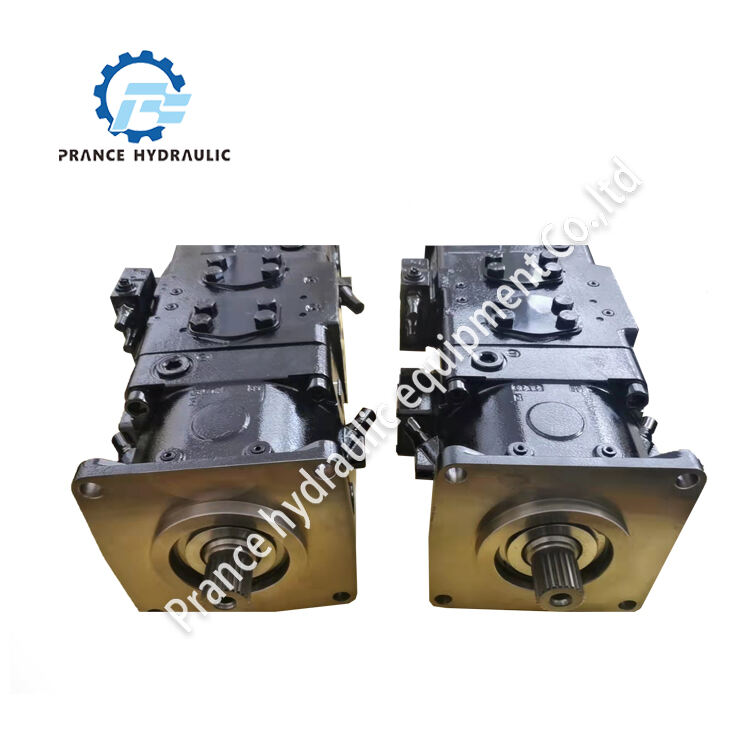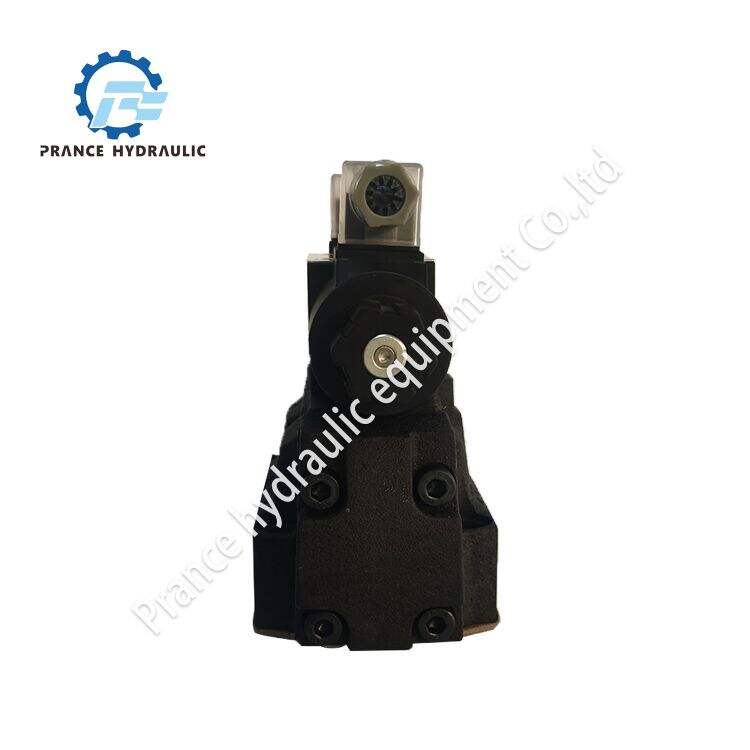بداخل هذه الآلات يوجد صمام إفراج هيدروليكي يتحكم في كمية السائل التي تتحرك في النظام. عندما يصبح الضغط مفرطًا، يفتح الصمام، مما يسمح بخروج بعض السائل. هذا يساعد في تقليل الضغط إلى مستوى آمن. إذا بقي الضغط مرتفعًا جدًا، يمكن أن يتسبب في تلف الجهاز أو وقوع حوادث.
مثل جميع أجزاء الجهاز، صمام الإطلاق الهيدروليكي يجب الاعتناء بها لتعمل بشكل صحيح. وهذا يتضمن الفحص الدوري، والتنظيف والتزييت لوزنك. إذا لم يتم الاعتناء بالصمام، يمكن أن يصبح مغلقًا أو معطلًا بحيث لن يعمل عند الحاجة.
من الضروري الحفاظ عليها مضخة هيدروليكية للجرار حتى تعمل عند الحاجة. إذا فشل الصمام في الفتح عندما يزداد الضغط بشكل كبير، قد تواجه الآلة والأشخاص الذين يشغلونها مشاكل جدية. يمكن الوقاية من هذه المشكلات من خلال العناية الدورية.
الصمامات الهيدروليكية للإطلاق ضرورية لمنع ارتفاع الضغط بشكل مفرط في المعدات الهيدروليكية. يمكن لهذه الآلات أن تولد ضغطًا أثناء العمل، ووجود السائل الهيدروليكي يمكن أن يعمل كختم. إذا ارتفع هذا الضغط بشكل كبير جدًا، فقد يؤدي إلى تعطل الآلة أو كسرها. وهنا تأتي فائدة الصمامات الهيدروليكية للإطلاق.

عندما يصل الضغط إلى مستوى معين، يفتح الصمام ويتم إزالة بعض السائل. هذا يقلل من الضغط إلى مستوى آمن بحيث لا يتسبب في أي أضرار. بدون هذه الصمامات، قد يزداد الضغط بشكل خطير، مما سيكون خطيرًا على الآلة ومشغليها البشريين.

لا تقتصر فائدة الصمامات الهيدروليكية للإطلاق على منع الضغط من الارتفاع بشكل مفرط فقط، بل تساعدها أيضًا على العمل بالطريقة المفترضة. ما تقوم به هذه الصمامات هو الحفاظ على الضغط في مستوى آمن، مما يجعل الآلة تعمل بشكل أفضل وتستمر لفترة أطول. كما أنها تحمي الأشخاص الذين يستخدمونها.

التسرب هو مشكلة أخرى، لأن ذلك يمكن أن يمنع الصمام من الإغلاق تمامًا. عندما تلاحظ وجود تسرب في صمامك، ستحتاج إلى تغيير الختم أو الحلقة المطاطية على الصمام لإصلاحه. ستريد تصحيح هاتين المشكلتين بمجرد الإمكان للحفاظ على نظامك الهيدروليكي في حالة عمل جيدة.